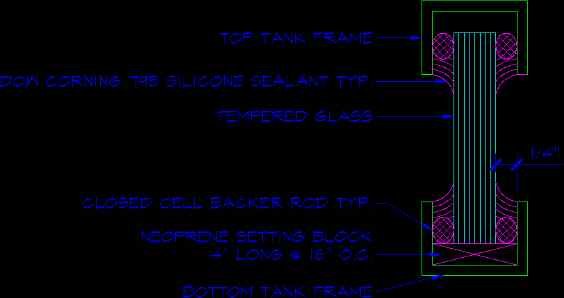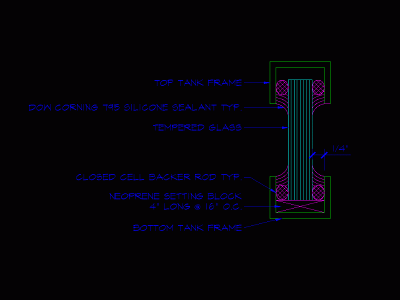MrSandman
Team RC
Damn! I used to work for an aerospace company and i was partially responsible for producing their carbon cloth. They ended up getting pre-preged going to rocket nozzles and other aircraft structures. We had to literally toss rolls and rolls of this stuff since they couldn't pass visual inspection (supplier issues). Were the "scraps" that you used on this tank similar? Did you fire the carbon cloth at your company? Did you have access to an autoclave for curing? Man, had i known there was another market for lower grade carbon cloth, i would have sold it instead of scrapping it!!






